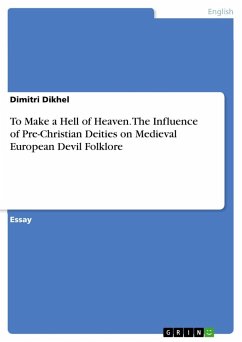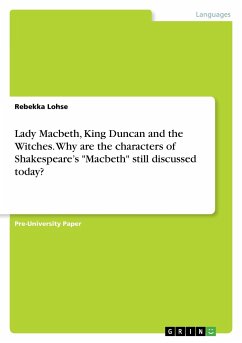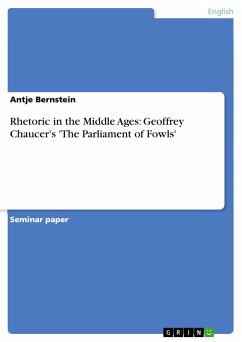Studienarbeit aus dem Jahr 2011 im Fachbereich Anglistik - Literatur, Note: 2,0, Ruhr-Universität Bochum, Sprache: Deutsch, Abstract: In this essay I am going to argue that women in Medieval representations in film are always represented as archetypes and as victims. The audience is confronted with typical feminine archetypes like mothers and wives, virgins and harlots, but also with witches, exotic beauties in distress and holy fools who are all at one point or the other victims of society, violence or men. Being confronted with social injustice or their inferiority to men a great number of the presented women sell their bodies or act immorally and unfaithfully.In order to proof my thesis I will begin by analyzing the conflictive archetypes of the virgin and the harlot in Ingmar Bergman's "The Virgin Spring" (1960) and the Pagan and the holy fool in Andrej Tarkovsky's "Andrei Rublev" (1969). From there I will go on and show several other archetypes like the unfaithful women, women selling their bodies and (alleged) witches by referring to Bergman's "Seventh Seal" (1957), Robert Bresson's "Lancelot du Lac" (1974), Leslie Megahey's "The Hour of the Pig" (1993) and Jean-Jacques Annaud's "The Name of the Rose" (1986).








